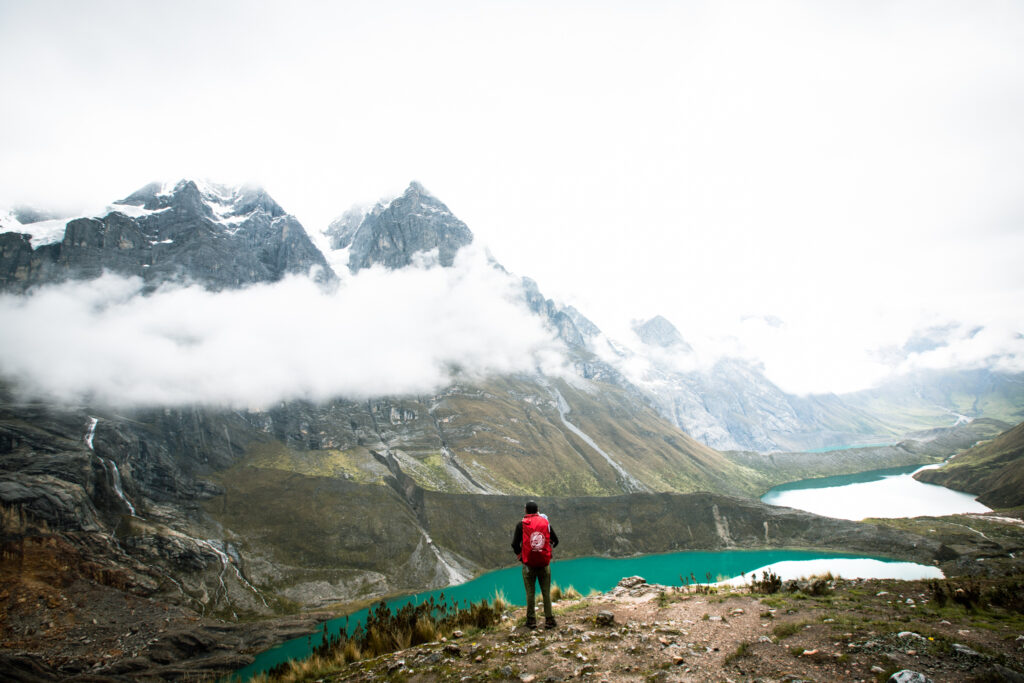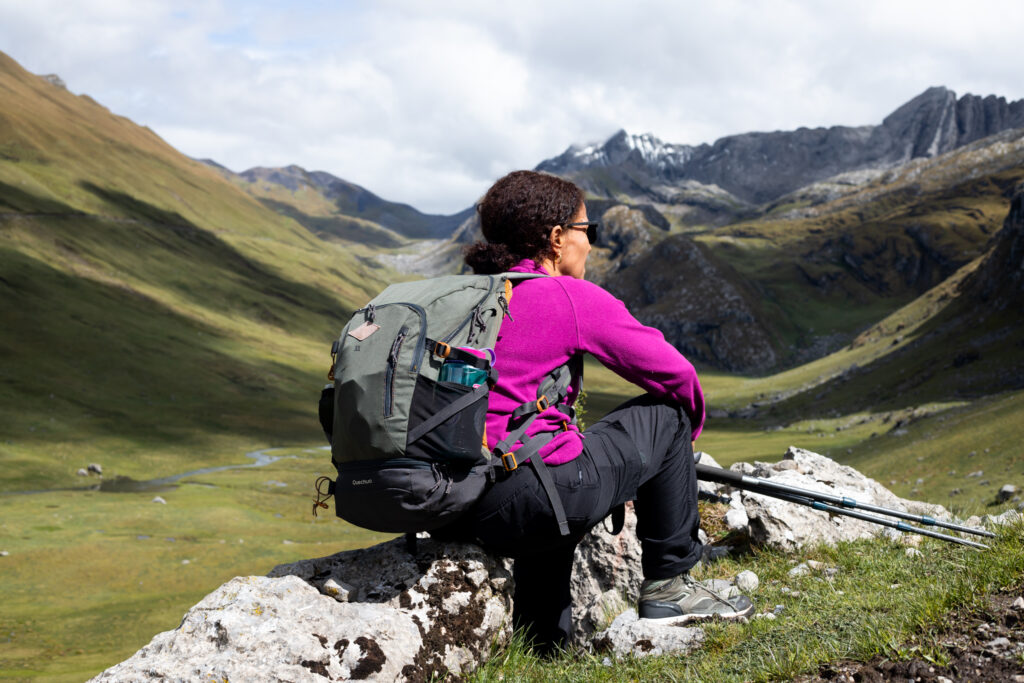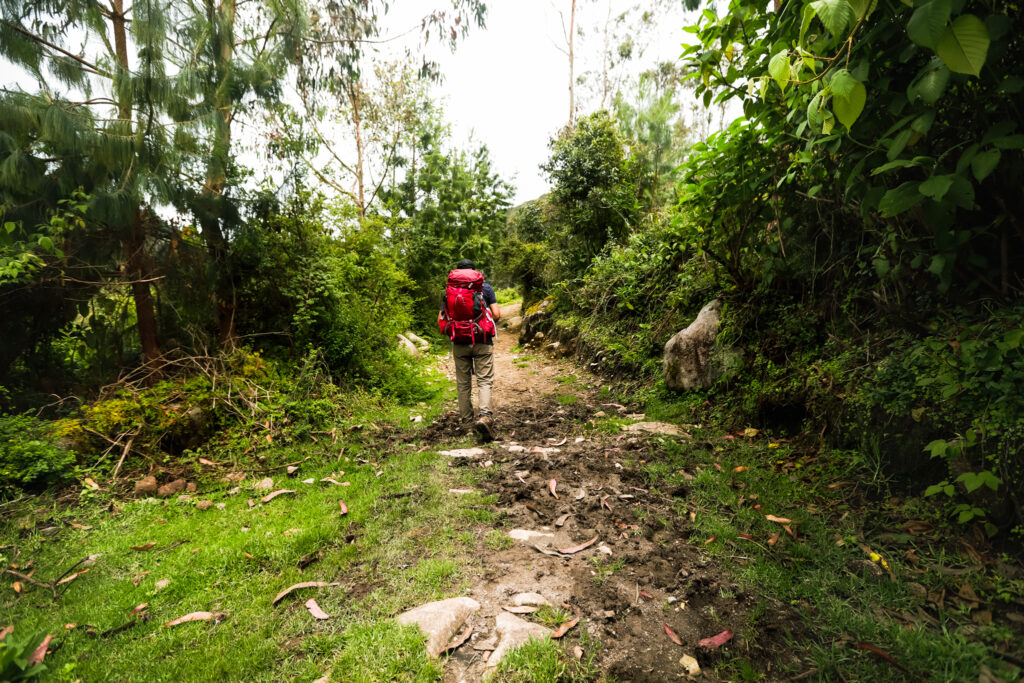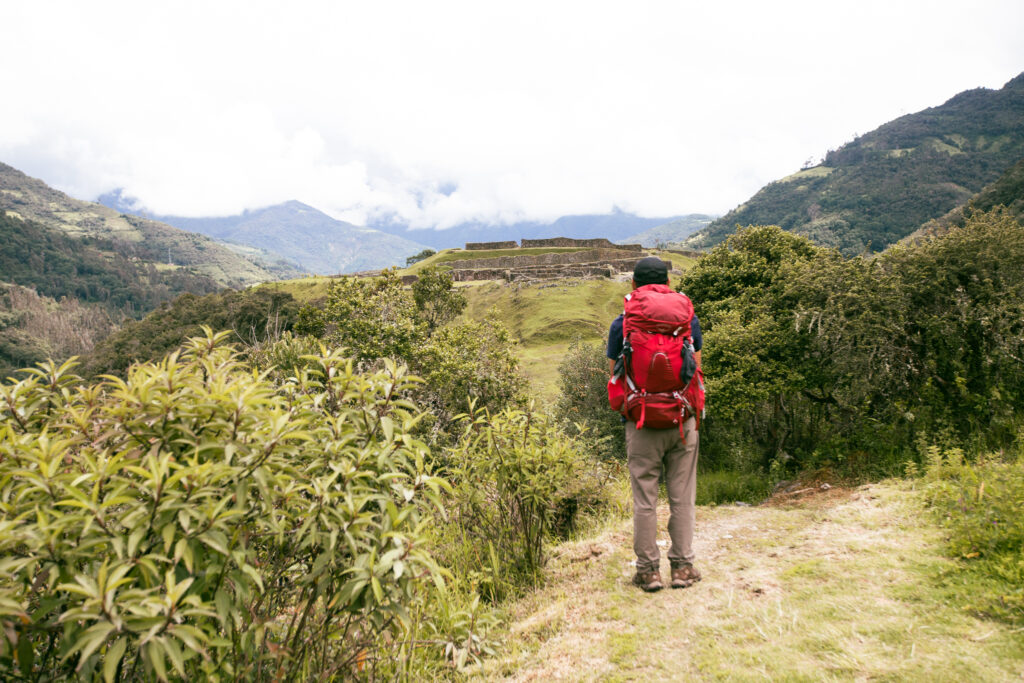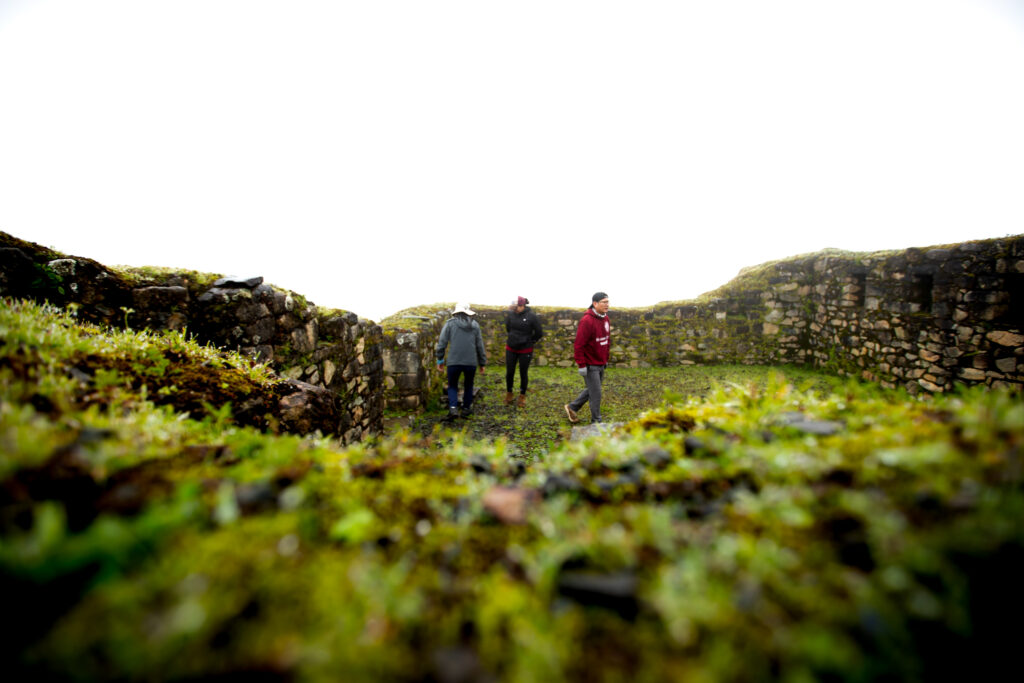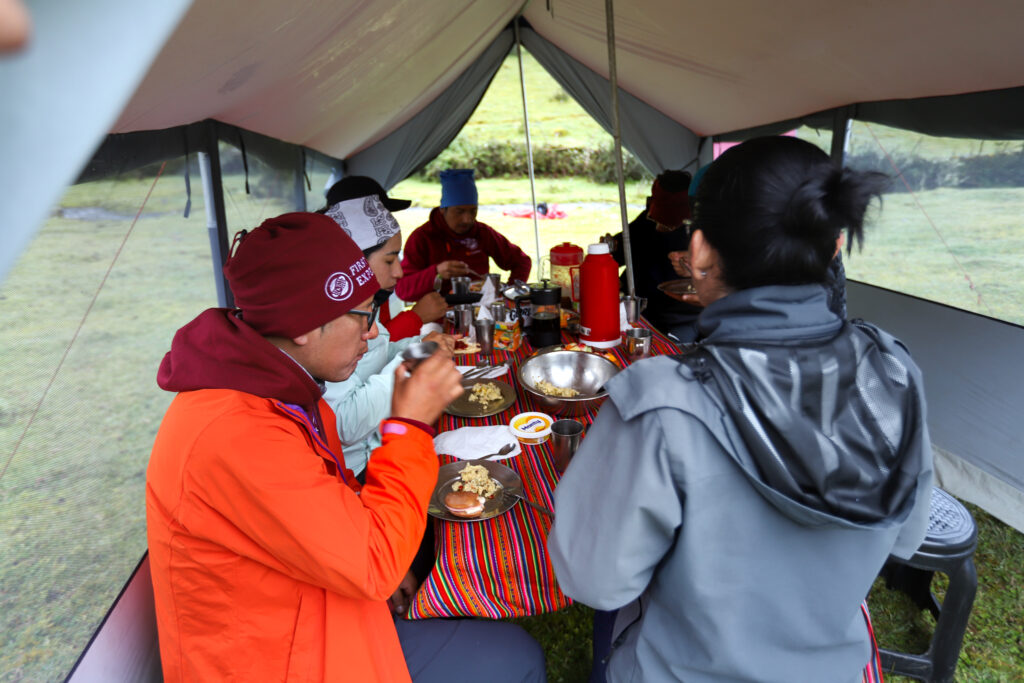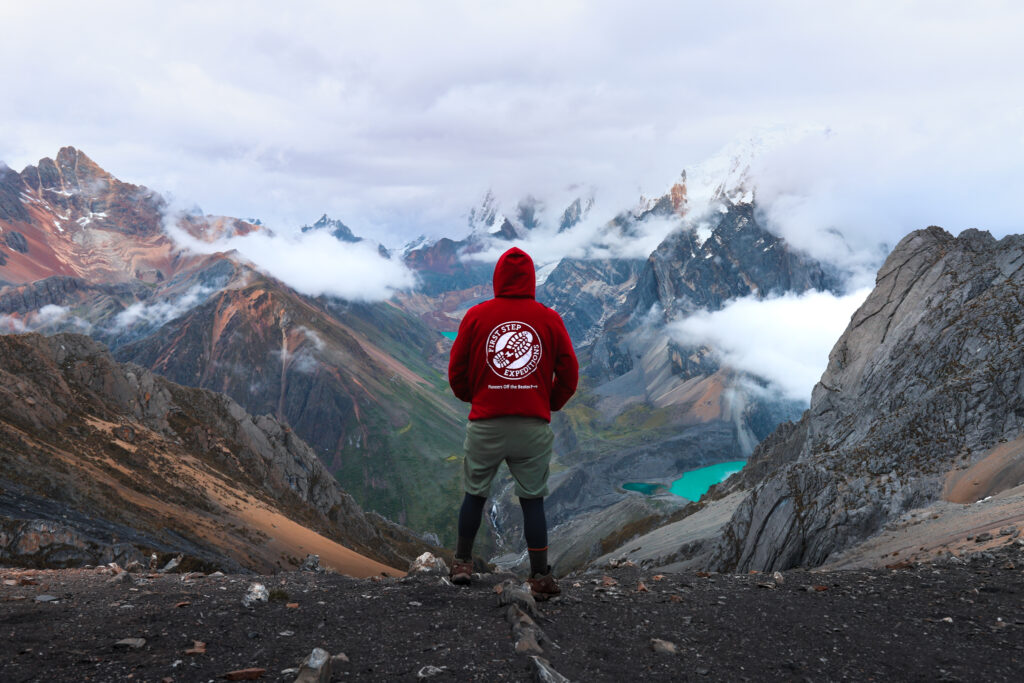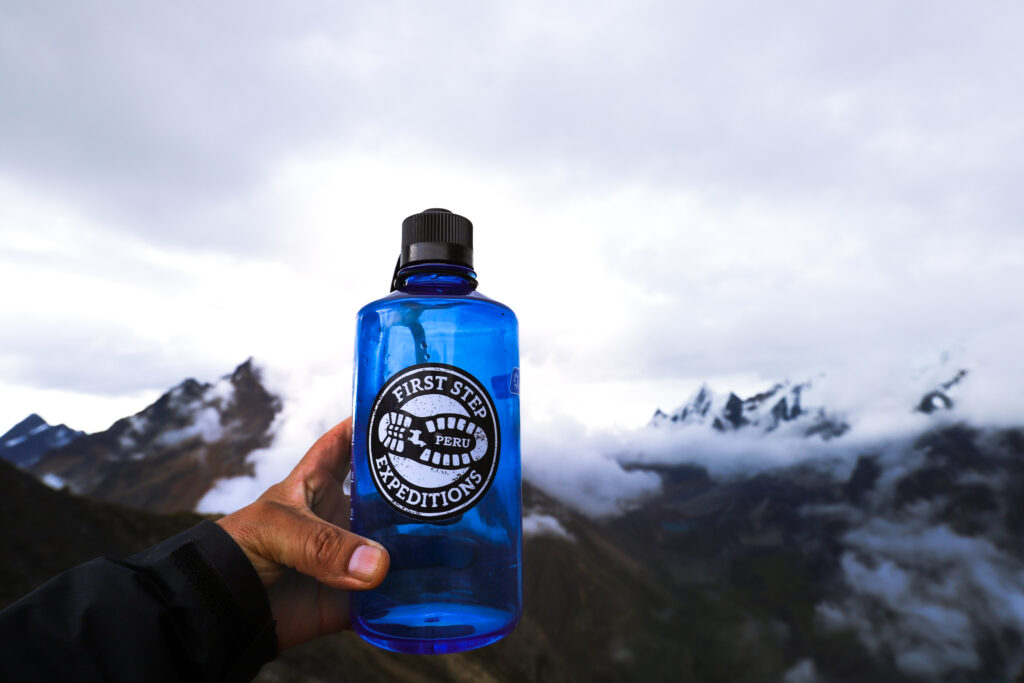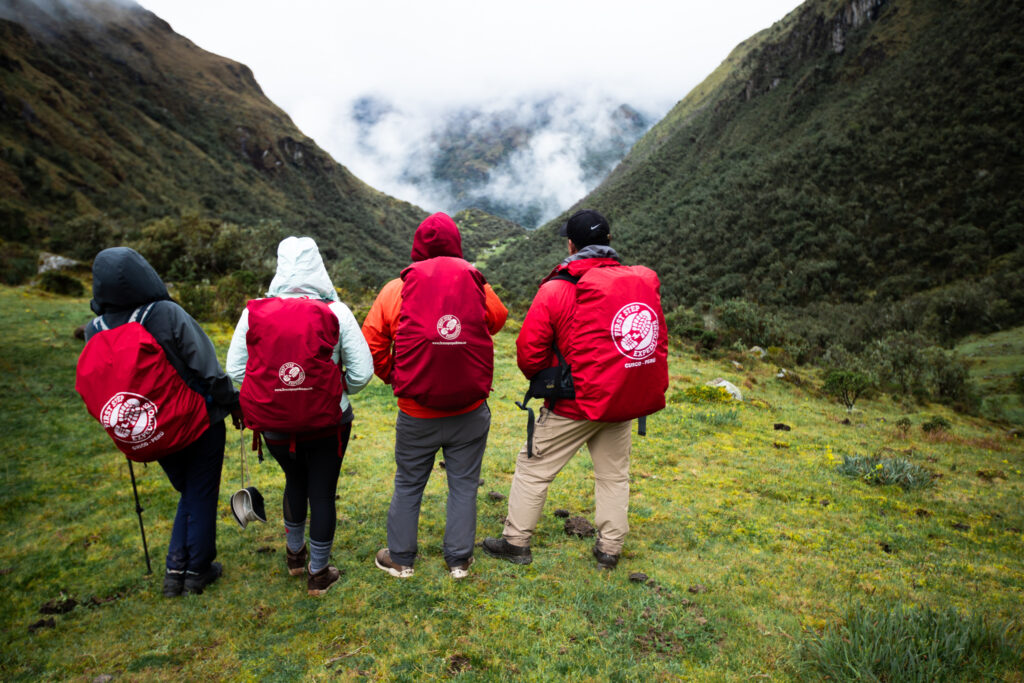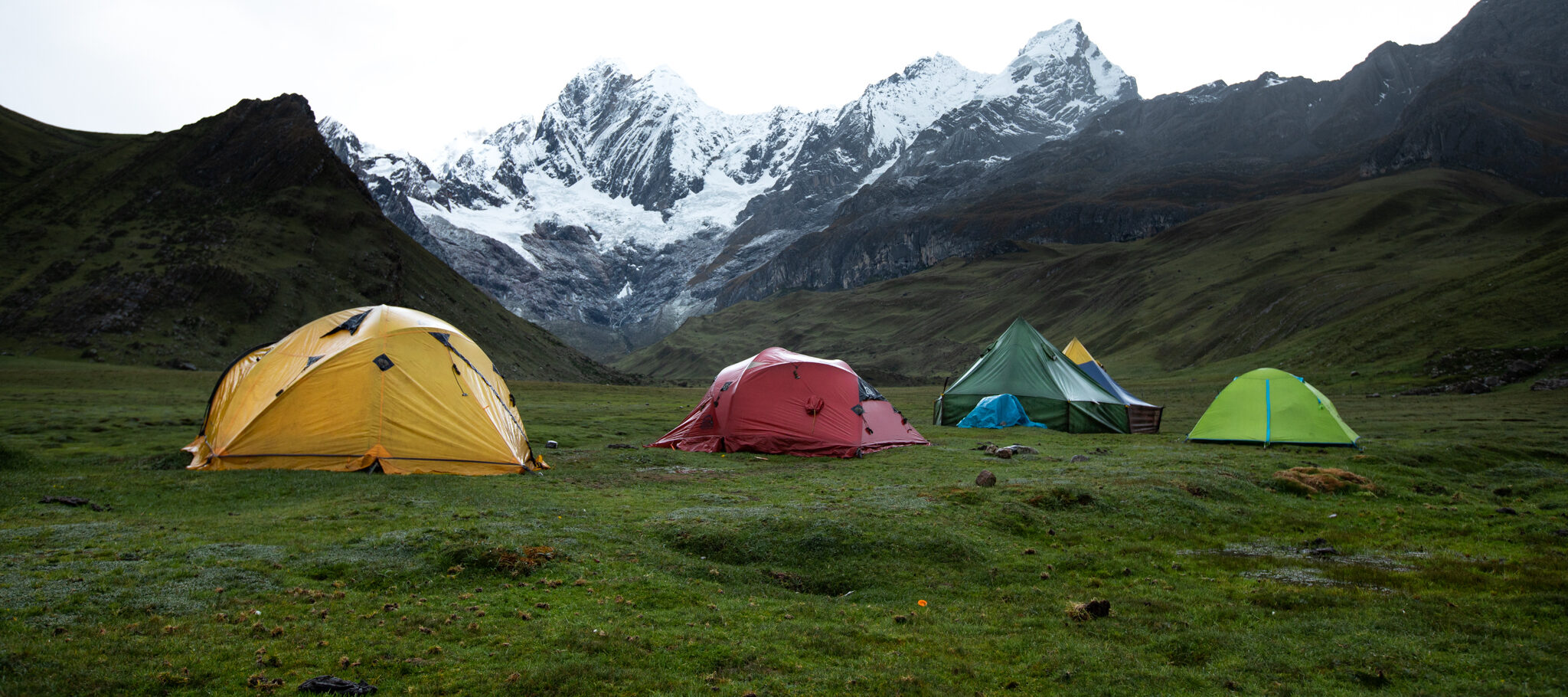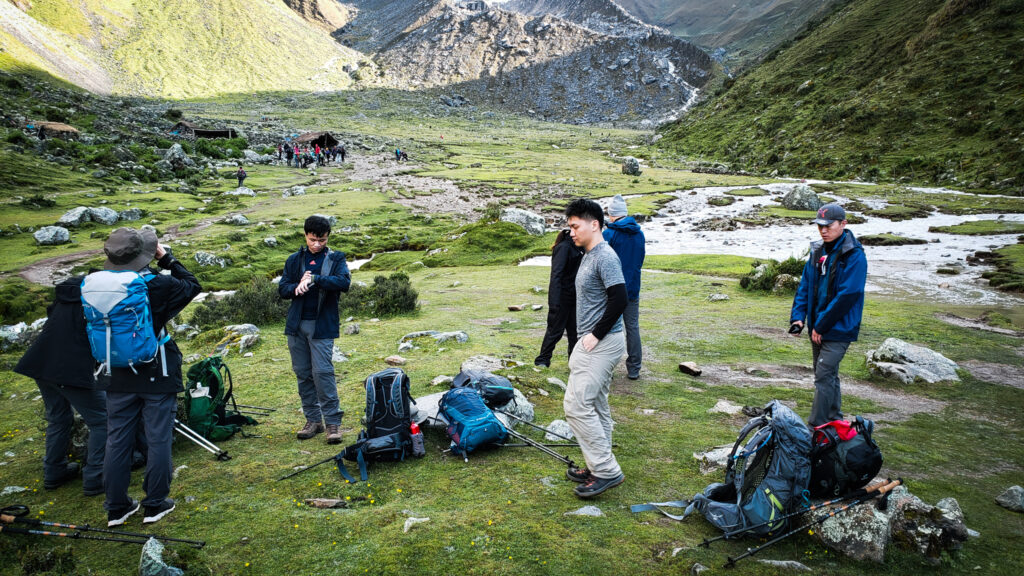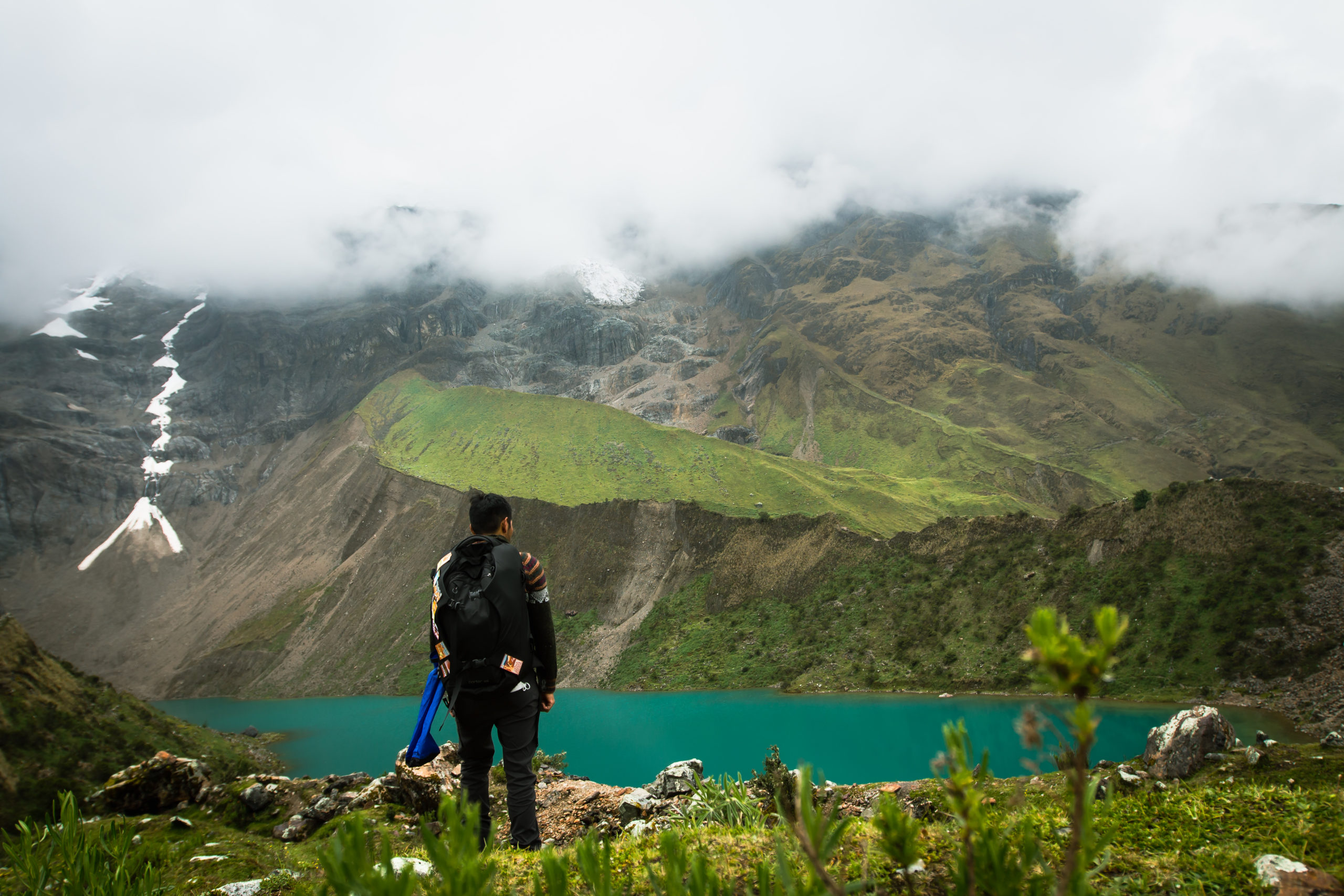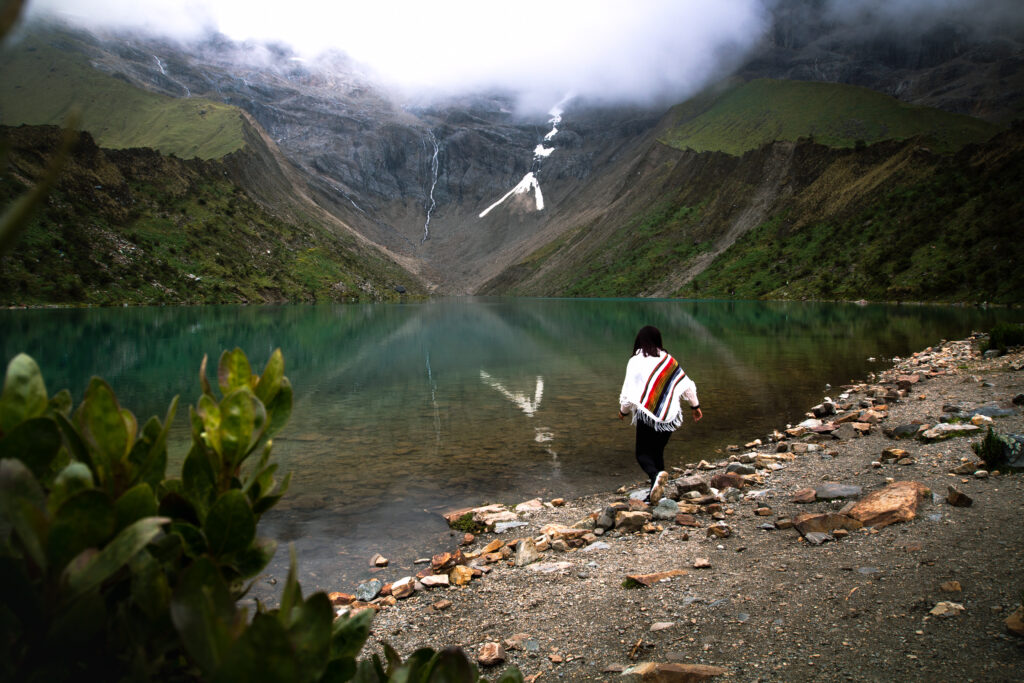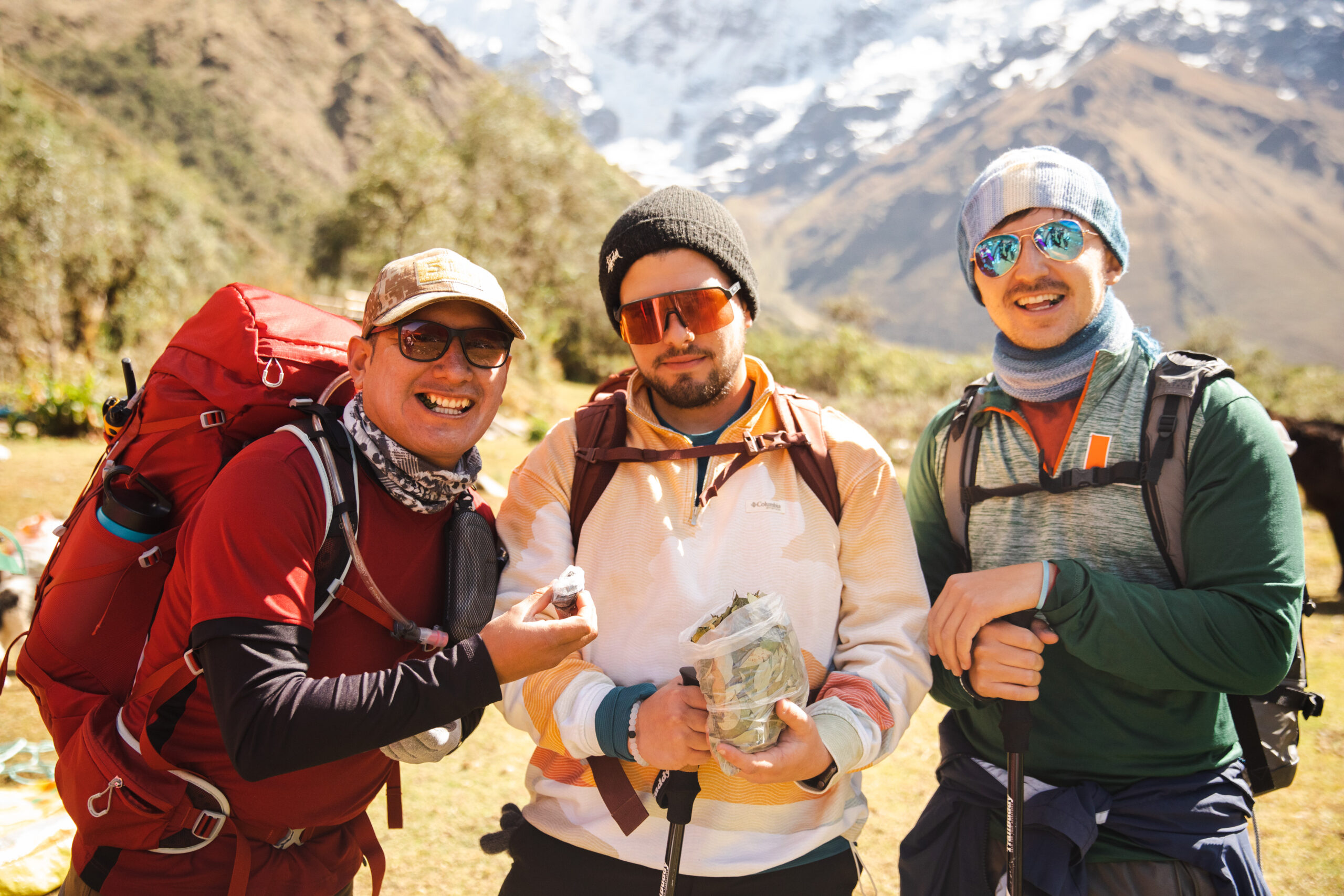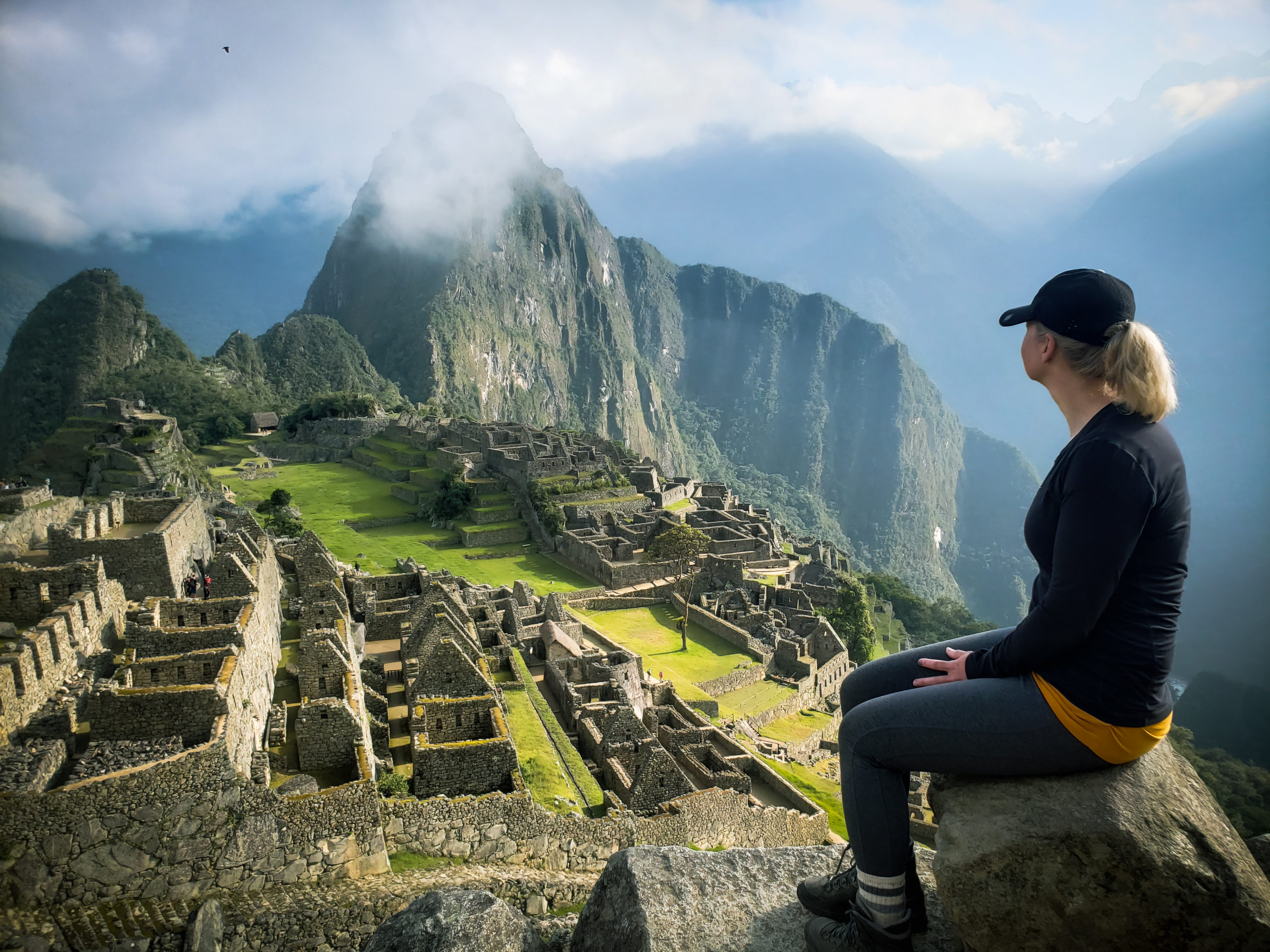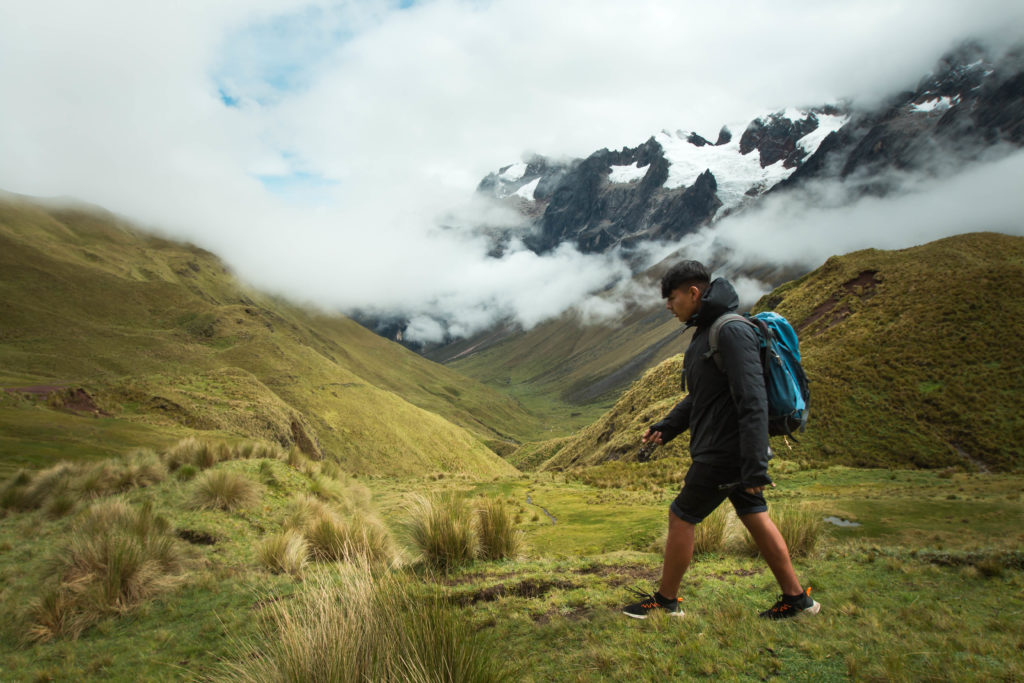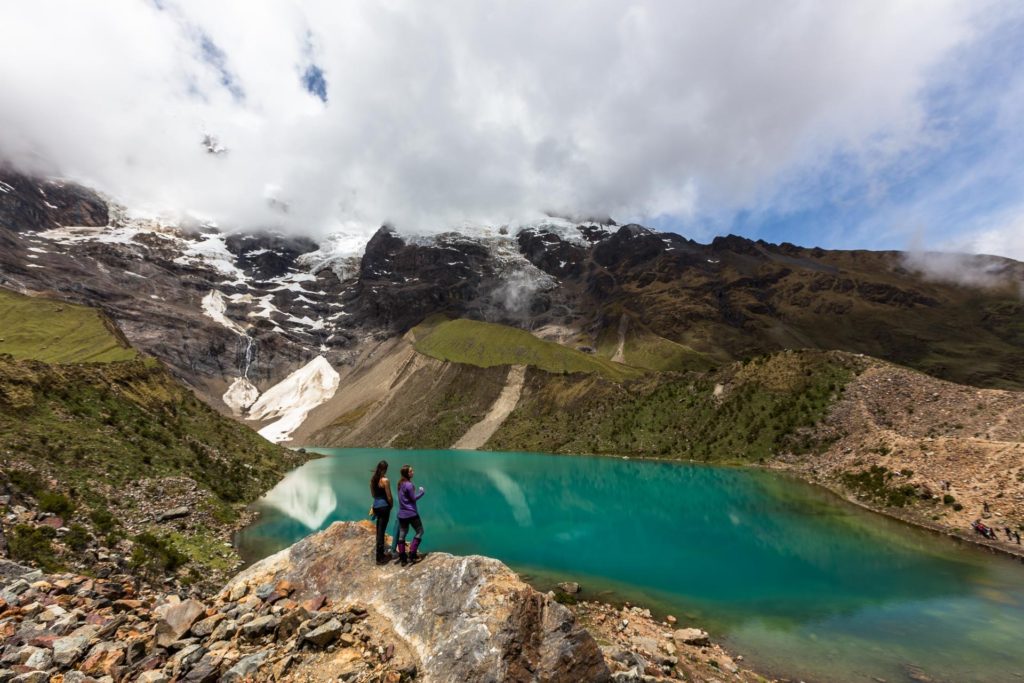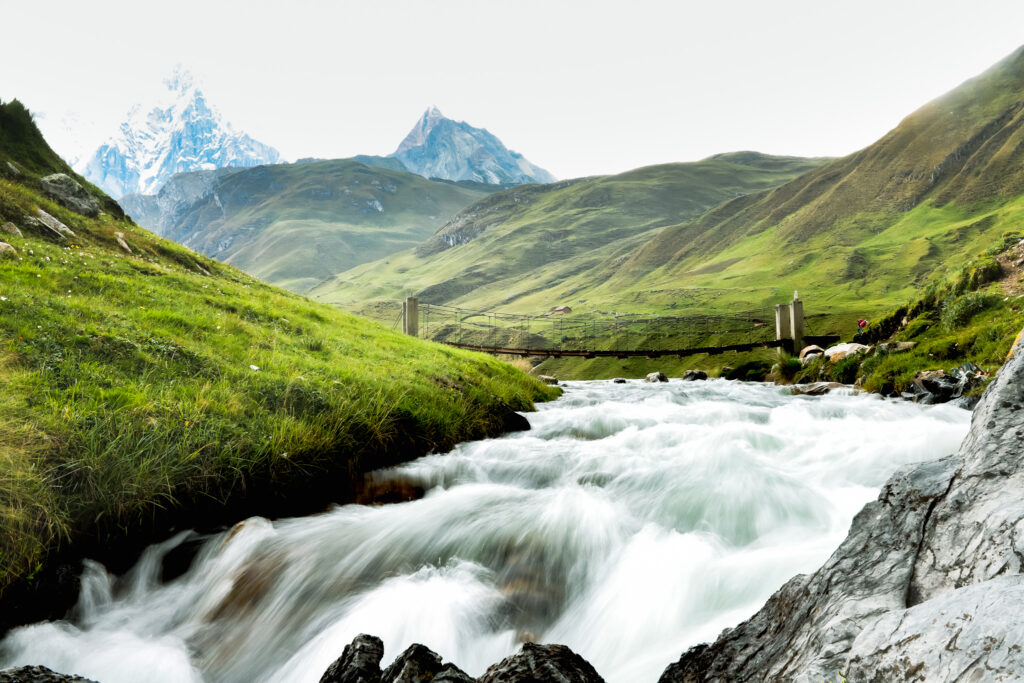
If you’re looking to get off the beaten path in Peru, the Cordillera Huayhuash Trek delivers some of the most jaw-dropping photo opportunities on the planet. From towering snow-capped peaks to mirror-like lakes and surreal sunrises, this route is a dream for adventurers and photographers alike.
At First Step Expeditions, we pride ourselves on being “Pioneers Off the Beaten Path.” Whether we’re leading treks in Cusco or Huaraz, we’re always on the lookout for the best photo spots—and the Huayhuash Circuit does not disappoint.
With multiple route options—4, 5, 8, 10, or 12 days—you can tailor your adventure to fit your time, budget, and fitness level. This season, we’re offering our most popular 8-day Huayhuash itinerary. Trust us: however long you stay, Huayhuash is absolutely worth it.
Want a detailed itinerary? Visit our website or email us at info@firststepexpeditions.com and we’ll send you everything you need to plan your dream hike.
📍 Mitucocha Campsite – 4,150m (13,615 ft)
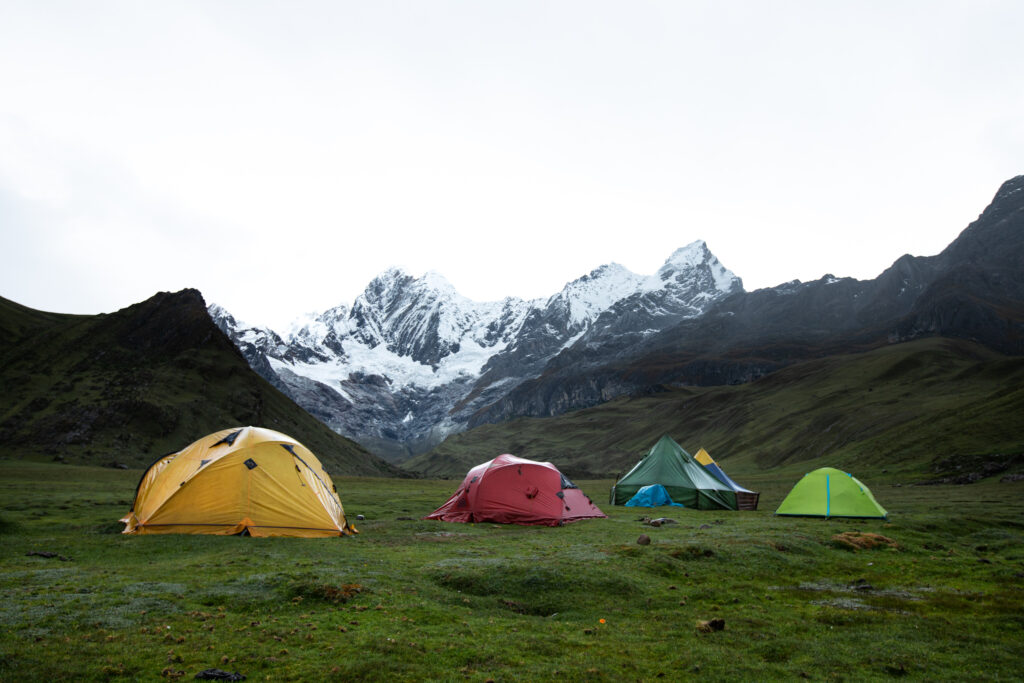
Your first night in Huayhuash brings you to Mitucocha, after a 6–7 hour (9 km / 5.5 mile) hike. Along the way, you’ll cross Punta Cacanan Pass, offering expansive valley views and a taste of the majestic scenery to come.
Our tents are set right along the riverbank, with direct views of the imposing Rondoy, Yerupajá Grande, and Siula Grande peaks. At sunset or sunrise, holding a warm cup of coca tea or coffee, it feels like something out of a dream. This spot is peaceful, remote, and incredibly photogenic.
📍 Alcay Viewpoint & Mirador de Tres Lagunas – 4,750m (15,583 ft)

This is a favorite among our hikers—even though it’s a challenging day! After a 7–8 hour (15 km / 9.3 mile) trek, you’ll reach the Alcay Pass, where you’re rewarded with glacier views and a jaw-dropping angle of Yerupajá Grande, Yerupajá Chico, and Siula Grande.
From here, you’ll spot the iconic Mirador de Tres Lagunas—a panoramic view of three striking turquoise lakes. It’s no wonder this is one of the most photographed spots in the entire trek!
📍 Lake Carhuacocha – Reflections & Hanging Bridges

Another must-see is the Carhuacocha campsite (4,150m / 13,615 ft), where the still waters reflect the surrounding peaks in dramatic fashion. Take an afternoon or early morning loop walk around the lake to catch the perfect light—or test your nerves by crossing the famous hanging bridge (don’t worry, it’s safe… and the view is worth it).
💡 Best time to visit: April through mid-November for the clearest skies and best photo conditions.
📍 Mirador de Tres Lagunas (Alternative Route)
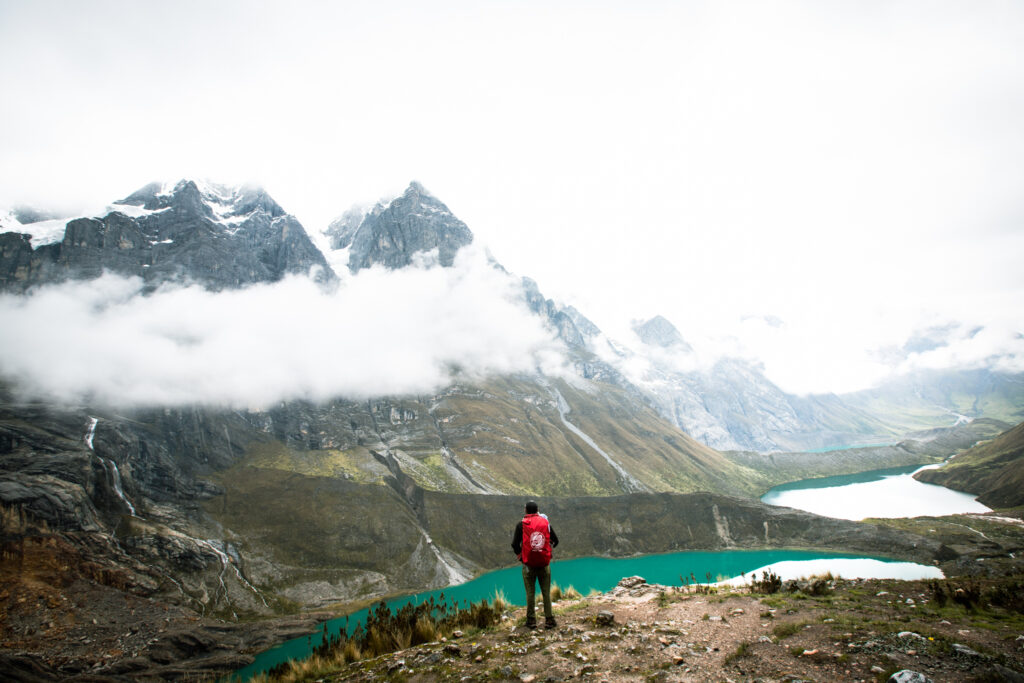
Some groups opt to visit the Mirador de Tres Lagunas as a shorter 4-hour (6 km) round-trip hike. While we typically pass through here as part of our longer Huayhuash 8-day route (from Carhuacocha to Huayhuash campsite, 7–8 hours / 16 km), this quicker route is a great option for those short on time. When the skies are clear, the views of the lakes and surrounding peaks are simply spectacular.
📍 San Antonio Pass – The Ultimate 360° Viewpoint
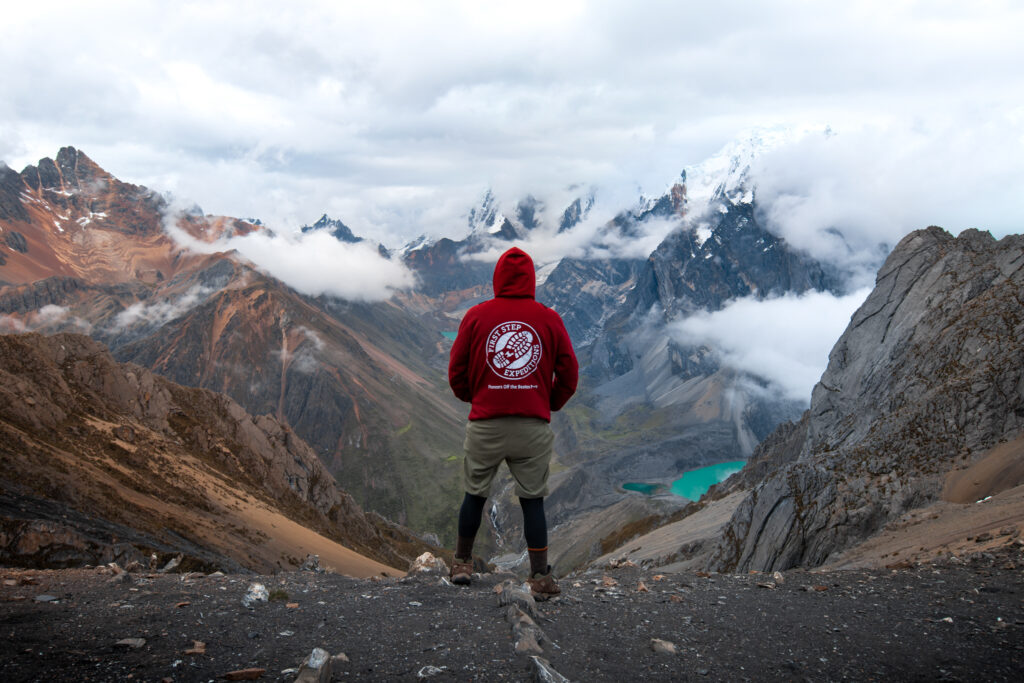
This is hands-down one of the most breathtaking viewpoints in all of Huayhuash. After a long hike from Huayhuash campsite to Elefante, challenge yourself with a short, steep 1.5–2 hour ascent to San Antonio Pass.
You’ll be rewarded with a 360° panoramic view of the Cordillera Huayhuash—Trapecio Pass, Pumarinri, Cuyoc, Jurao, and more. Whether you’re snapping photos or just soaking it in, this viewpoint is pure magic and totally worth the extra effort.
📍Panoramic viewpoint Puka Puka
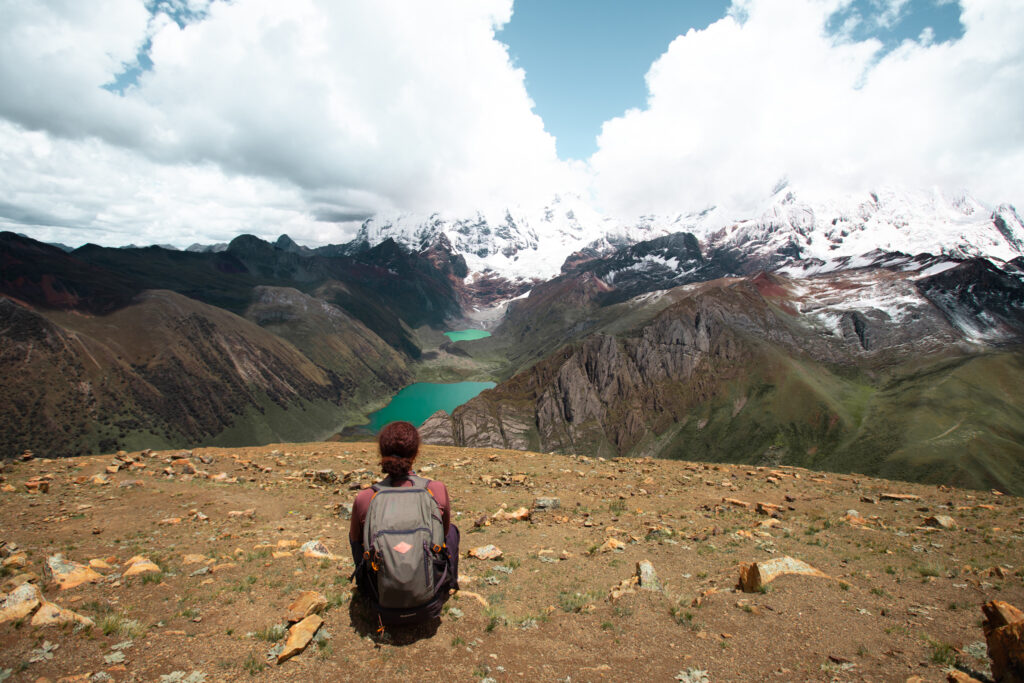
This is legitimately one of the best views we have ever seen beside San Antonio. Absolutely mind blowing in person!
The final leg from Gashpapampa to Inka Wain takes around 5–6 hours (13 km / 8 miles). Once you summit Yaucha Pass, the hardest part is behind you—and the rest is smooth sailing, with unbelievable views to the very end.
This may be your last glimpse of Huayhuash’s dramatic skyline, but we’re pretty sure it won’t be your last visit. Most hikers can’t wait to come back.
Ready for the Trek of a Lifetime?
Huayhuash is more than a hike—it’s a journey through some of the most beautiful and untouched alpine landscapes in the world. Whether you’re chasing that perfect Instagram photo or just need to disconnect and reconnect with nature, this is the place to do it.
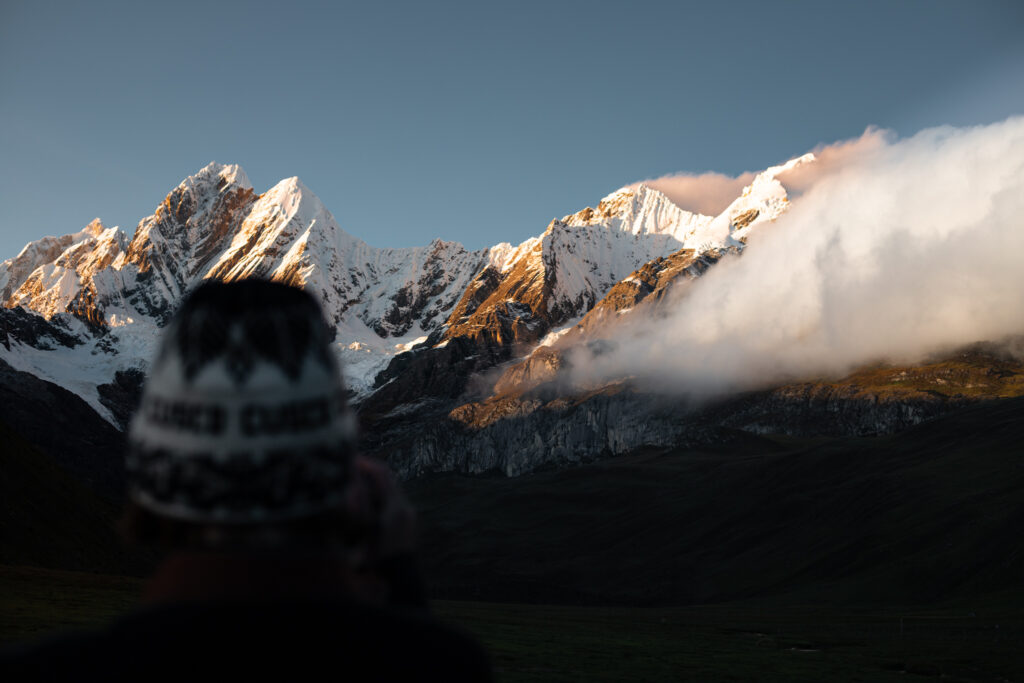
How do I sign up for my next trip?
Contact us today at info@firststepexpeditions.com to start planning your adventure!
Booking for season 2026 are available now.


